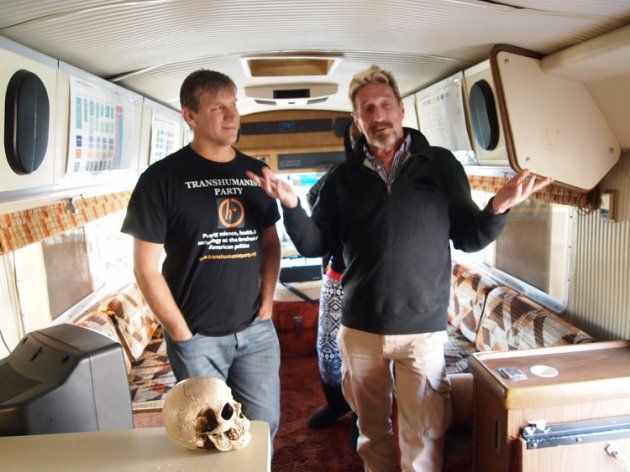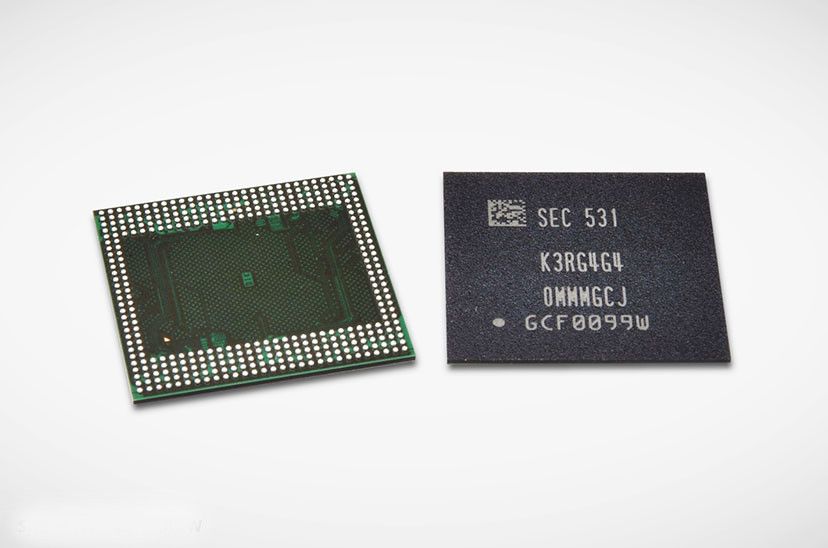Year: 2015 – Page 24
First plasma from Wendelstein 7-X fusion reactor
Testing of the Wendelstein 7-x stellarator has started with a bang, albeit a very very small one, with researchers switching on the experimental fusion reactor to produce its first helium plasma at the Max Planck Institute for Plasma Physics (IPP) in Greifswald, Germany. After almost a decade of construction work and more than a million assembly hours, the first tests have gone according to plan with the researchers to shift focus to producing hydrogen plasma after the new year.
Assembly of the Wendelstein 7-x stellarator was completed in April of last year, and after a period of careful testing of its various components, the science team finally flicked the switch on December 10. This saw around a single milligram of helium gas heated to one million degrees Celsius (1.8 million° F), with the flash observed on cameras and measuring devices for one tenth of a second.
“We’re very satisfied”, said Dr. Hans-Stephan Bosch, division head of Wendelstein 7-X, following the December 10 test. “Everything went according to plan.”
Robots Are Taking Over Japan
The 21st Robot Exhibition in Japan.
The 21st Robot Exhibition just opened in Japan. It features disaster relief robots, a robot cat, and plenty of the regularly creepy ones, too.

Google’s Verily partners with Johnson & Johnson to develop surgical robots (Wired UK)
Google’s verily Launches New Robotic Surgical Company called Verb Surgical by teaming up with Johnson & Johnson.
The company formerly known as Google Life Sciences is one of the firms behind Verb Surgical Inc, which will develop advanced surgical robots. This promises to be just the first of Verily’s medical and academic partnerships.

Computing with time travel?
Why send a message back in time, but lock it so that no one can ever read the contents? Because it may be the key to solving currently intractable problems. That’s the claim of an international collaboration who have just published a paper in npj Quantum Information.
It turns out that an unopened message can be exceedingly useful. This is true if the experimenter entangles the message with some other system in the laboratory before sending it. Entanglement, a strange effect only possible in the realm of quantum physics, creates correlations between the time-travelling message and the laboratory system. These correlations can fuel a quantum computation.
Around ten years ago researcher Dave Bacon, now at Google, showed that a time-travelling quantum computer could quickly solve a group of problems, known as NP-complete, which mathematicians have lumped together as being hard.

US elections 2016: John McAfee and Zoltan Istvan debate cybersecurity, immortality and sexbots
This tongue-in-cheek article highlights an interesting experience I had a few days ago on the Immortality Bus in North Carolina:
One wants to live forever, the other wants to push reset on the US Constitution. Both are running for president in 2016. As Republican and Democrat presidential candidates prepare for December’s debates, pioneering Transhumanist Zoltan Istvan and cybersecurity legend John McAfee met for the first time this week for their own debate, over several large drinks in a motel bar.
Istvan, who is currently touring the US aboard a coffin-shaped campaign bus, and McAfee both have technology at the core of their campaign policies, but in terms of specific policy this is where the similarities end.
“I can’t think of a more horrific concept than immortality,” McAfee told Istvan soon after meeting in Charlotte, North Carolina. “It is anti-evolutionary. We need to die and die young preferably; dying is the most beautiful of all things. I’d get behind a platform where you kill everyone at 30. I would fight you tooth and nail to stop you making people live forever.”

A multiverse hiding in the Large Hadron Collider
Physicists will be looking for mini black holes when the Large Hadron Collider restarts this month. It’s impossible for the LHC to generate any sort of black hole that would be remotely unsafe, but this theory suggests that microscopic black holes that vanish almost instantly could be produced from the high-power particle collisions in the LHC.

6GB RAM phones coming thanks to Samsung
We have very good news for all fans of High RAM Powered Phones. Samsung started mass production of their new LPDDR4 DRAM, allowing for next Generation 6GB RAM phones in India. Samsung essentially produced the industry’s first 12Gigabit LPDDR4 RAM with Samsung’s 20nm manufacturing process.

The real advantage of those chips is that they have a 50% higher density PCB layout with increased capacity as well as reduced power usage. Both of these are very important factors in small devices like a phone/tablet where every mm2 and mW matters. Please note that this is Gigabits, not Gigabytes. 12 Gigabits is around 1.5GB of RAM. Most high end smartphones have four memory dies, that means 1.5GB x 4 = 6GB RAM phones for us.

The First Human Life Extension Trial
Last week the FDA announced that they have granted permission for the TAME trial. The Targeting Aging with Metformin (TAME) trial is the first human trial specifically looking at an anti-aging drug in humans.
Repurposing An Old Medicine
Metformin is an old drug, first approved in France in 1957, for the treatment of type 2 diabetes and polycystic ovary syndrome (PCOS). However extracts from the French liliac (Galega officinalis), the plant containing a precursor of metformin, has been used to treat frequent urination, a symptom of diabetes, since the Middle Ages. In 2012 in the US about 60 million prescriptions for metformin were written, making metformin the most used antidiabetic drug. Amazingly, every year about 37,000 metric tons of metformin are produced! Metformin is also a super-cheap drug, costing only cents per dose.
MONA: The world’s first Artificial Intelligence Fashion Designer
The world’s first A.I. fashion designer to create infinitely unique clothes inspired by science and technology. All garments’ source code is embedded in the blockchain as a certificate of authenticity. Exclusively sold in bitcoin on the darkweb.
